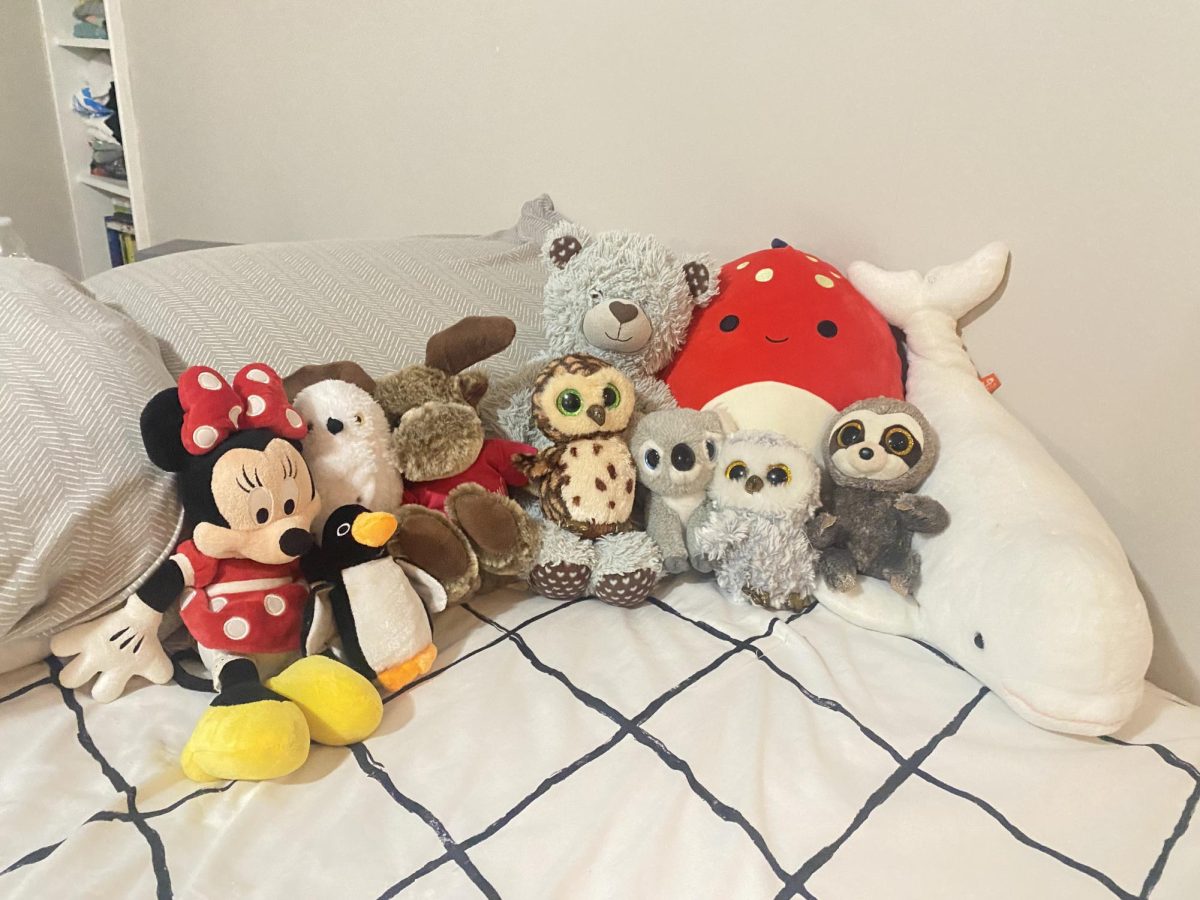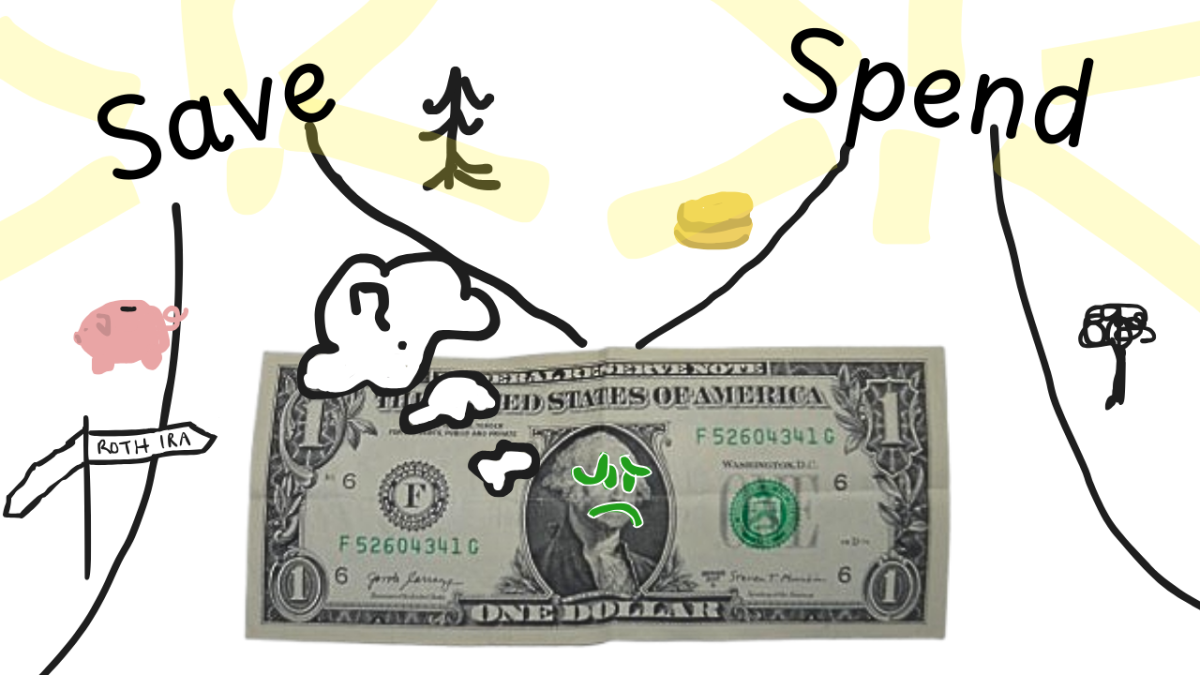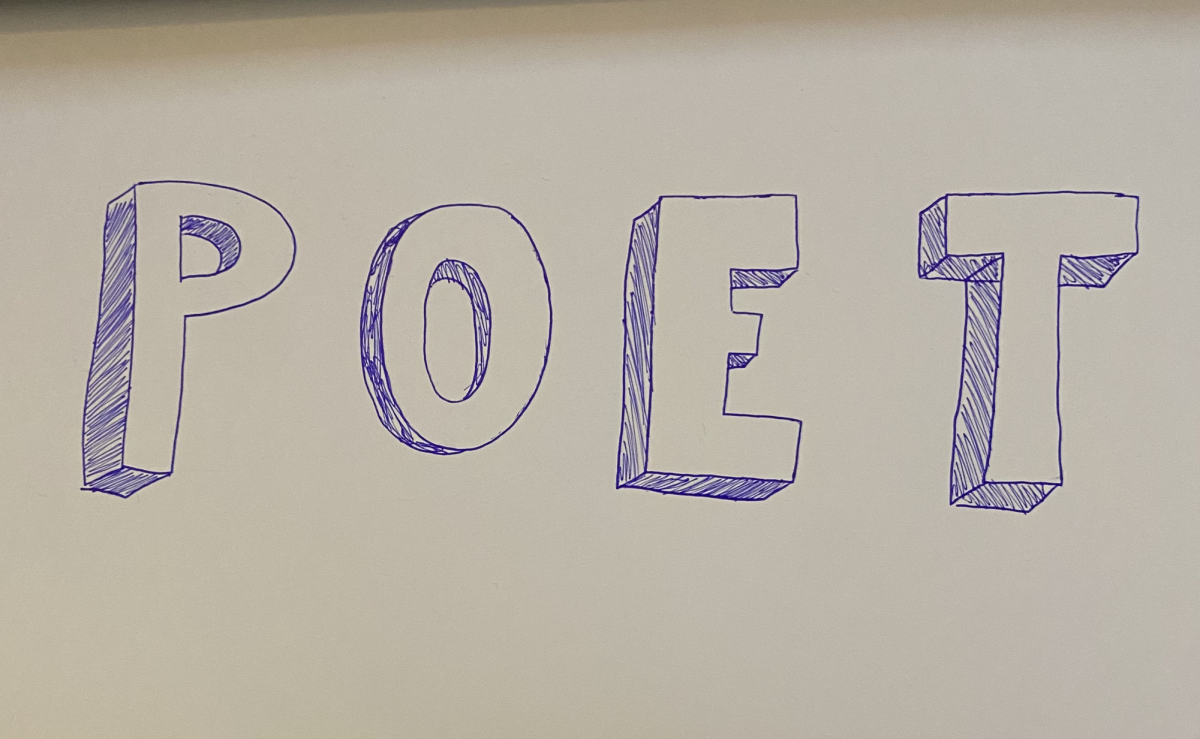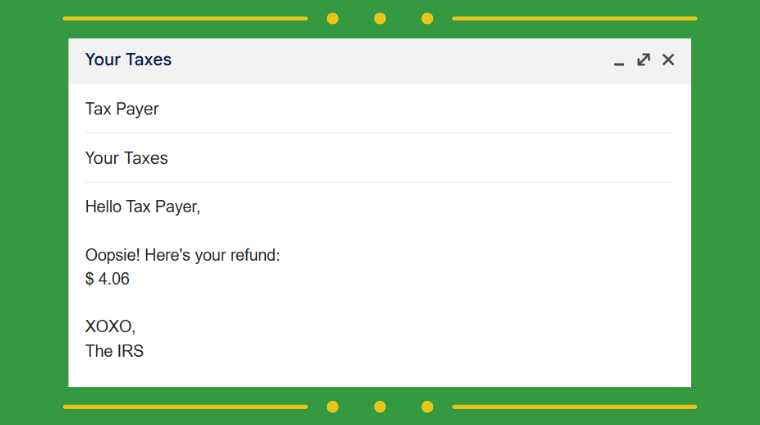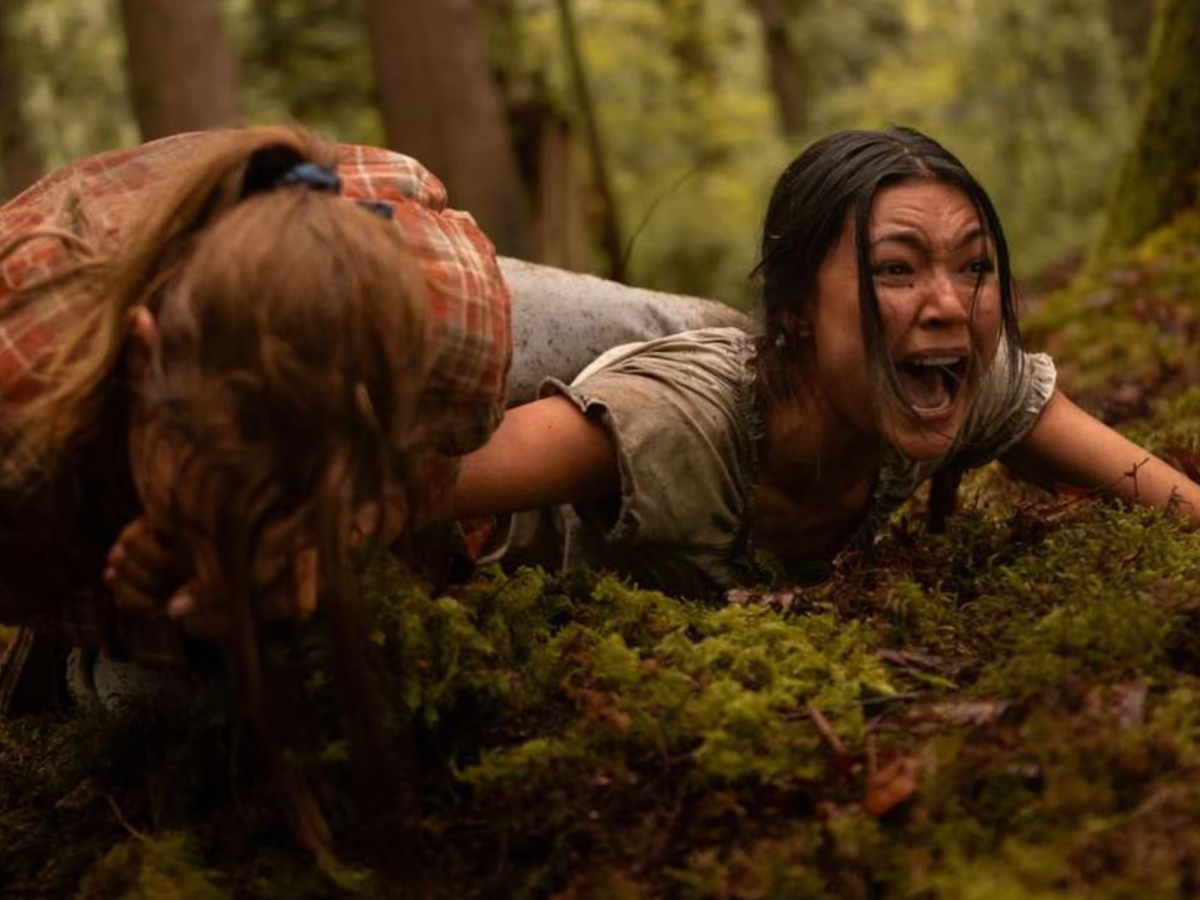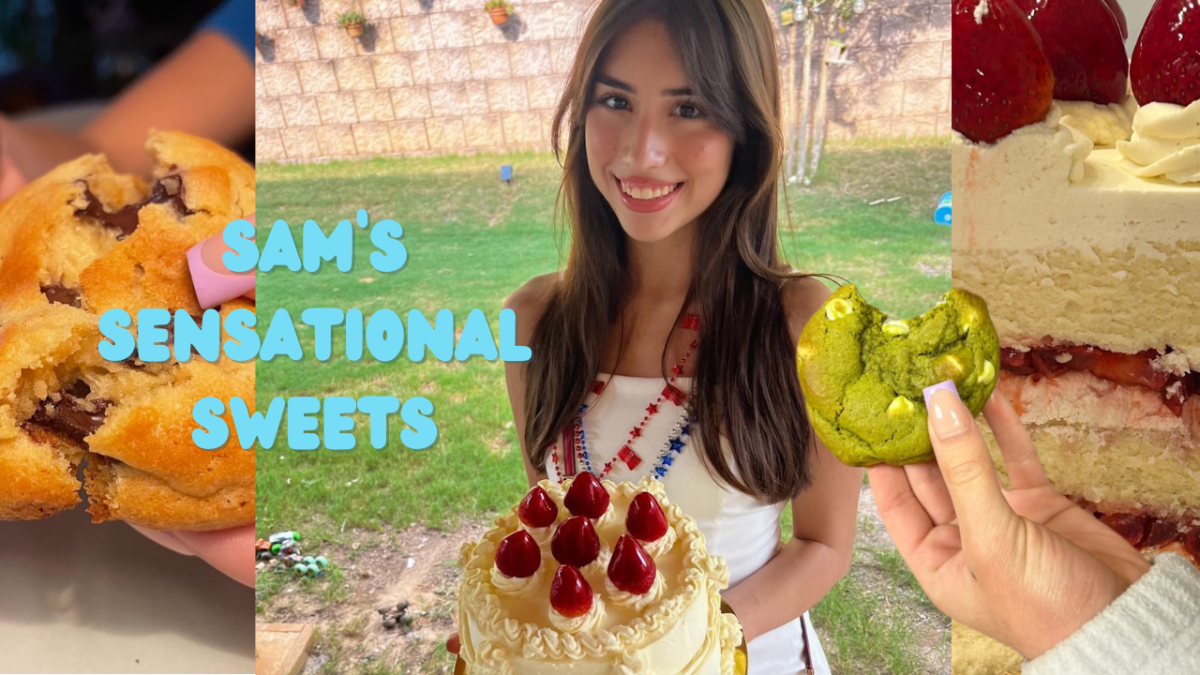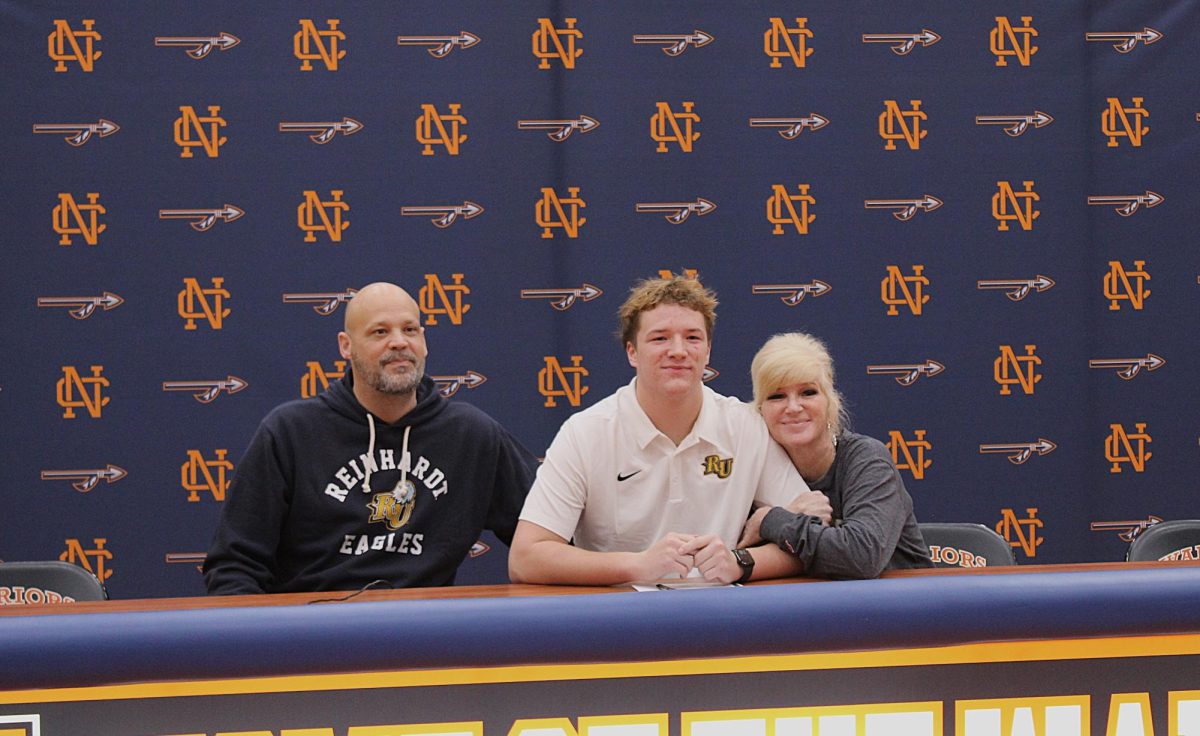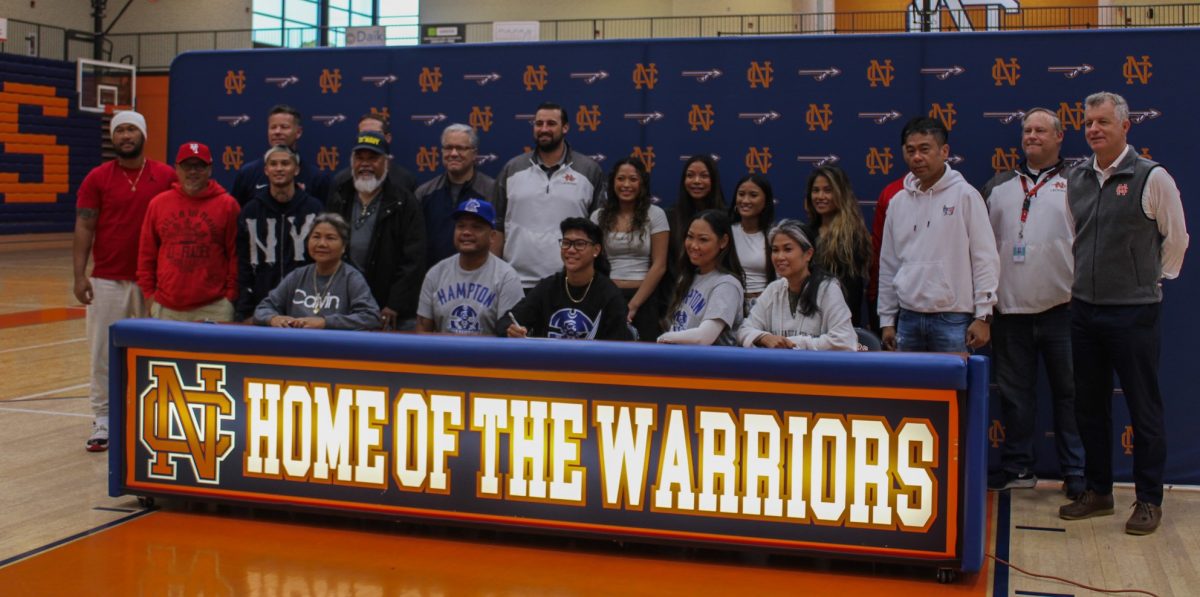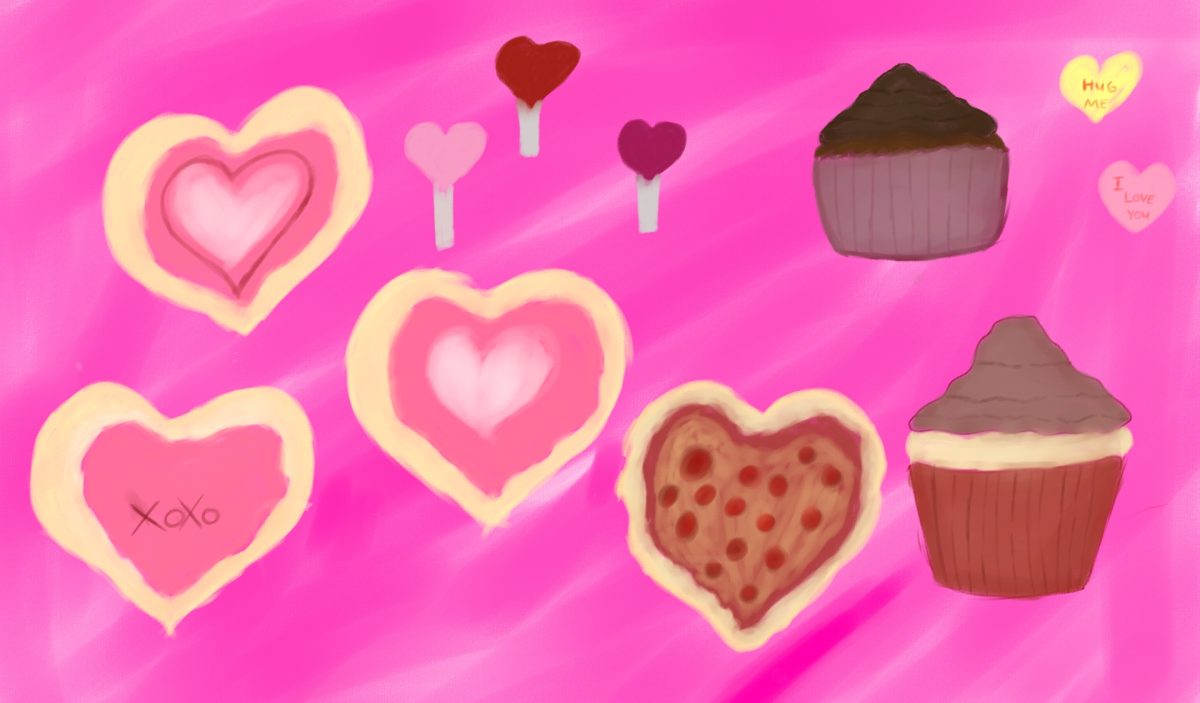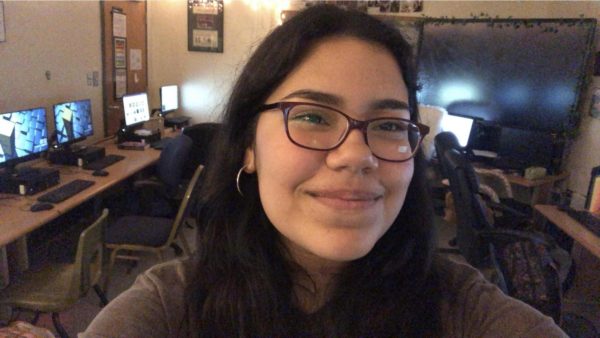Numerous people recall memories from their childhood when they recognize an item or reference from their youth. After adolescence, people typically do not realize that their past memories stick with them throughout their transition into adulthood. These memories remain with them because of the positive impacts they hold. Nostalgia, described as a memory of happiness, occurs when a childhood staple triggers and reminds an individual of an experience, thought or memory from their past. This feeling causes the individual to sense an excessive yearning to return to the time or place to reunite with an item from their memory.
Similar to a regular staple, non-adolescents typically describe a childhood staple as an artifact that defined their growing up. Objects that remind people of their childhood commonly include old stuffed animals, toys and candy. Surprisingly, several adults do not recognize that memories in themself also exist as a common nostalgia trigger.
“Growing up, my family and I had sort of a weekly tradition of going out to get frozen yogurt every Friday. I would say nine out of 10 times if I eat fro-yo or even if someone brings it up, I’m almost instantly reminded of my family. It’s kind of weird how that works but I guess there are a lot of things that have the ability to instantly remind me of my childhood,” junior Tessa Saunders said.
Stuffed animals generally become an important part of childhood, as they can become a comfort item for numerous children. Children develop connections and show signs of love toward their stuffed animals by naming them, feeding them and traveling everywhere with them. Stuffed animals serve as a tool for children to develop empathy and compassion toward others, which trains them for their future relationships.
Multiple traditions stem from the staples created in one’s childhood, which proceed to pass through their family line. For example, calling common baby toys or necessities by a different name may pass on to children born into a family. Parents typically start introducing items such as pacifiers to their children as a binky, dummy or soother. Baby blankets may embody significance when gifted by a close relative, or even passed down from previous family members, leading children to call their blanket a specific name.
“I think that in most Hispanic families, and in general Hispanic culture, most baby things are called different names due to the language barrier. Growing up I called my baby blanket my ‘colchita’. I know that some people call their blanket a frazada in Spanish but I guess it really just depends on someone’s upbringing,” junior Jayson Lopez said.
The situations that occur in childhood exist as the foundation for future behavior, learning and health, and could genuinely impact a child for life. Although childhood staples embody certain events, specific to each person, it remains important for incoming generations to carry their own staples in their minds throughout their adolescence. As long as delightful memories come from traditions, those traditions can continue to pass down through generations, and positively impact families.
“I feel that there are so many things from my childhood that still randomly come to mind. I remember calling my pacifier a binky and then somehow that made my parents start calling it a binky. That term then got passed onto my sister when she started using hers. I think it’s pretty extreme to call it a tradition but it for sure has some significant meaning to my family,” junior David Achamaja said.




